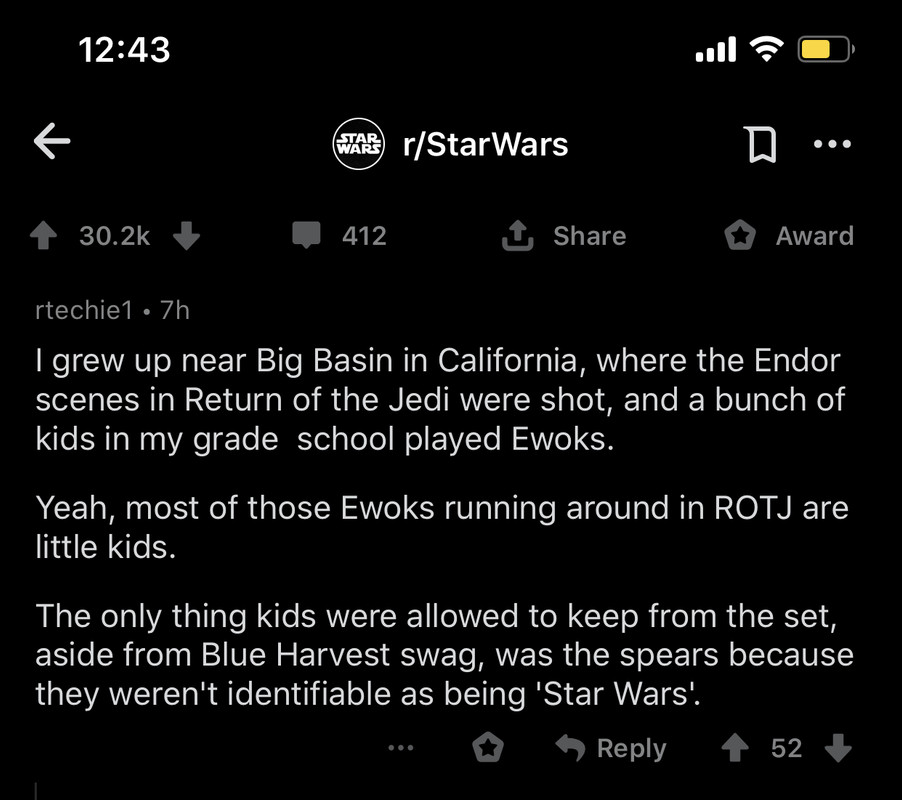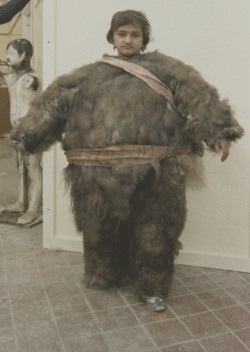CJackson said:
For Star Wars and the Empire Strikes Back, PanaVision cameras were used, but for Return of the Jedi they switched to Arriflex cameras. Why was this?
On an unrelated note, Return of the Jedi just didn’t look as good as it’s predecessors, in my personal opinion. I don’t if it’s the DP they used, or the director, or the cameras, but Return of the Jedi just didn’t look as good as Star Wars or the Empire Strikes Back.
Evening all (long time lurker, first time poster).
I agree with the suggestion that either Marquand or Hume preferred to shoot with Arri cameras. It is also possible that, by the time of principal photography, Lucasfilm had built its own camera inventory. Panavision cameras can only be hired.
As for the look of the film, it was shot on Eastman 250T 5293 colour negative film - new in 1982 and discontinued just a year later (Kodak replaced it with a faster 400 ASA stock). Although 250 ASA sounds laughably slow now, it was a fast film at the time, which meant ‘grainy’. Fast films became less grainy as Kodak refined their technology through the late 80s/90s.
Some of the Endor exterior shots looks underexposed to me - ‘muddy’ - but Alan Hume was a very good DP, so there might have been some characteristic of 5293 that was not well suited to low light (deep forest) daylight exteriors.
I’m guessing that the ‘T’ at the end of 250T stands for Tungsten, which meant the film was balanced for warm, artificial light. When you use tungsten balanced film in daylight, you get a strong blue cast which normally has to be corrected by a filter - but this might cost you a stop of exposure, negating the advantage of fast film. So perhaps some of the Endor exteriors were shot without filtration and the cast was corrected - but not eradicated - by colour correction in the lab.
This is all guesswork, I hope wiser people will chime in 😃








